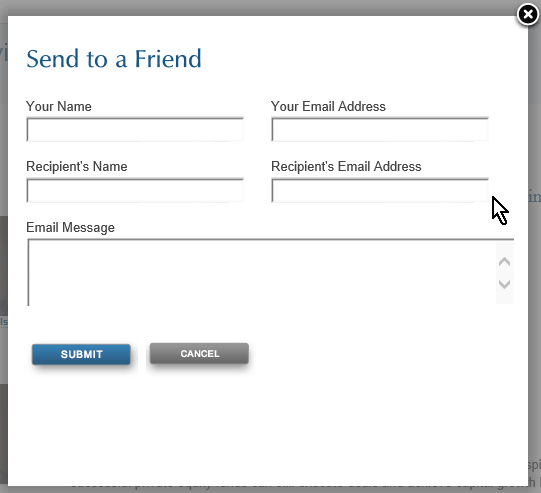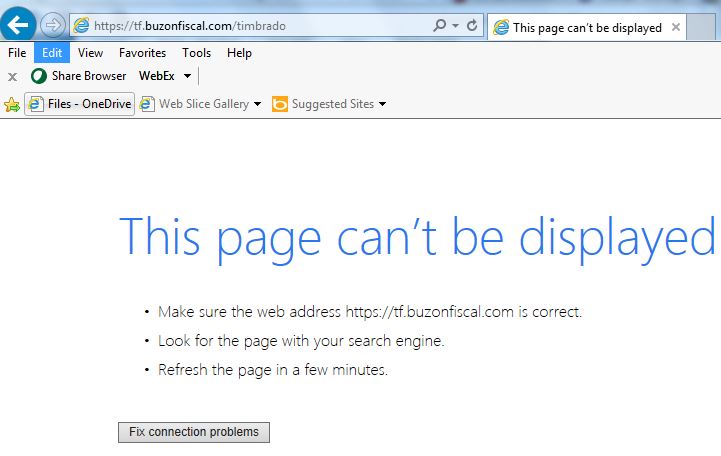Intro
Maybe it’s just me, but I’ve been receiving a lot of non-delivery reports in the past couple weeks. I happen to receive email addressed to webmaster@<large company>.com and as well I am knowledgeable about how email works. This puts me in the rare position of knowing how to interpret the meaning of the many NDRs I started to see.
The details
This picture shows the actual state of my inbox if I look for NDRs by searching for the word undeliverable:
Included is the preview panel showing the contents of one of those messages from Wells Fargo.
Actions
Personally, I can live with this level of clutter in my inbox – I actually get hundreds of messages a day like many IT folks. But I put this into a larger context. As a responsible Netizen (not sure if anyone really uses that term, but it was a useful one!) I feel a responsibility to keep the Internet running in an orderly way and stop the abusers as quickly as possible. After all I owe my job to a well-functioning Internet. So I decided rather than to do the easy thing – write rules to shunt these aside, or let clutter go to work, or junk email them, I was going to try to go after the source. Actually sources because you may have noticed that there are multiple domains involved.
First analysis
I thought about how these emails could have originated. I thought, OK, someone spoofs the email address webmaster@<large company>.com, they find a reputable mail server somewhere on the Internet; this mail server has to be an open relay. So the first few mail servers I checked out on Mxtoolbox didn’t show any problems or complaints whatsoever – sterling reputations. Turns out that way of thinking is soooo 20th century. Excusable in my case because I was already running sendmail in the 20th century and in those days that was some of the biggest worries – running an open relay.
Upon further reflection
Someone mentioned it’s probably a web form and I thought, Yes. Did you ever see those forms, like, Share this web page, that allow you to enter your email address and send something to a friend – which they will receive as apparently coming from you? What if in addition you could add your own custom message? Well, that’s the modern way of turning a mail server into an open relay.
The fatal recipe
A web form with the following properties is an open relay enabler:
– permits setting sender address
– permits setting recipient address
– has a comment field which will get sent along to the recipient
– does not employ captcha technology
Only visible from its side effects
The thing is, I am only receiving the NDRs, in other words those emails which had a spoofed sender address (my webmaster address) and a recipient address which for whatever reason decided not to accept the message. The “open relay,” failing to send the message, sends the failure notice to the spoofed sender: my webmaster account. But this NDR does not contain the original message, just vestigial hints about the original message, such as what server it was sent from, who was the recipient and sender, what the subject line was (sometimes), and when the receiving system complained. If a spam email was successfully sent in my name I never get to see it!
But I was able to actually find one of these dangerous forms that is being abused. Here it is:
Of course some of these forms are more restrictive than others. And almost all share the characteristic that they always put certain words into the subject and perhaps the body as well, which is beyond the control of the abuser. But that free-form message field is gold for the abuser and allows them to put their spammy or malicious message into the body of the email.
So after checking out a few of these domains for open relay and coming up empty, I do think all the abuse was done through too-lenient web pages. So I guess that is the current method of creating a de facto open relay.
Results
I’ve written very well-informed emails, initially trying to send to abuse@<domain>.com. But I also got more creative, in some cases tracing the domain to an ISP and looking up how to contact that ISP’s abuse department. I’m kind of disappointed that Wells Fargo hasn’t responded. Many other ISPs did. I believe that some have already corrected the problem. Meanwhile new ones crop up.
Over the weeks I’ve worked – successfully – with several offenders. Each one represented unique aspects and I had to do some IT detective work to track down someone who wuold be likely to respond. The ones who haven’t cooperated at all are overseas. Here is the wall of shame:
ecritel.fr (handles emails for marieclaire.fr web site)
ifastfinancial.com
RTHK.com.hk
Update
After about a week Wells Fargo did give a brief reply. They did not ask for any details. But the spam from their server did stop as far as I can tell.
If it turns into a never-ending battle I will give up, except perhaps to spend a few minutes a day.
Permanent fix
I don’t know the best way to fix this. I used to be a fan of SPF, but its limitations make it impossible for some large companies who need to have too many third parties sending email on their behalf. I guess Google is pushing DMARC, but I haven’t had time to think through if it’s feasible for large enterprises.
Conclusion
Poorly constructed web forms are the new open relay enablers. Be very careful before creating such a form and at a minimum use good captcha technology so its usage can not be automated.
This is speculation but I would not be surprised to learn that there is a marketplace for a listing of all the poorly constructed web forms out there – that information could be very valuable to spammers who have been increasingly shut out of our inboxes by improved anti-spam detection.
References and related
I found this site helpful in finding valid contacts for a domain: abuse.net. You enter the domain and spits back a couple of valid abuse contact addresses.
I only reluctantly use Mxtoolbox. It’s like a necessary evil. So i don’t want to give out a link for it. Probably nearly as good to check out a mail server’s reputation is senderbase.org. They’re not trying to sell you anything.
DMARC – perhaps the email authentication mechanism of the future.
My old post advocating SPF, which just never caught on…
PHPMailer remote code execution explanation, which takes advantages of web forms used to send email.


